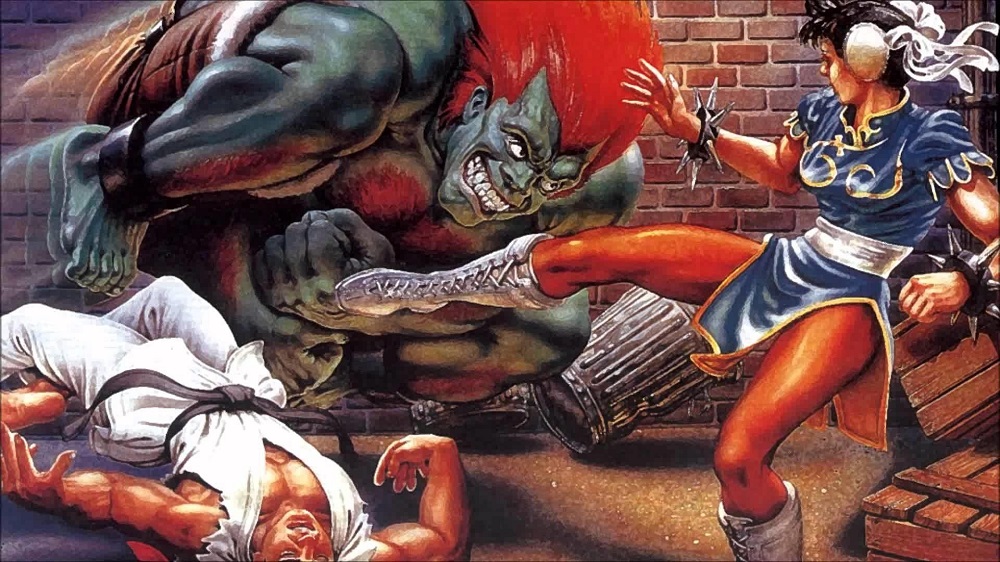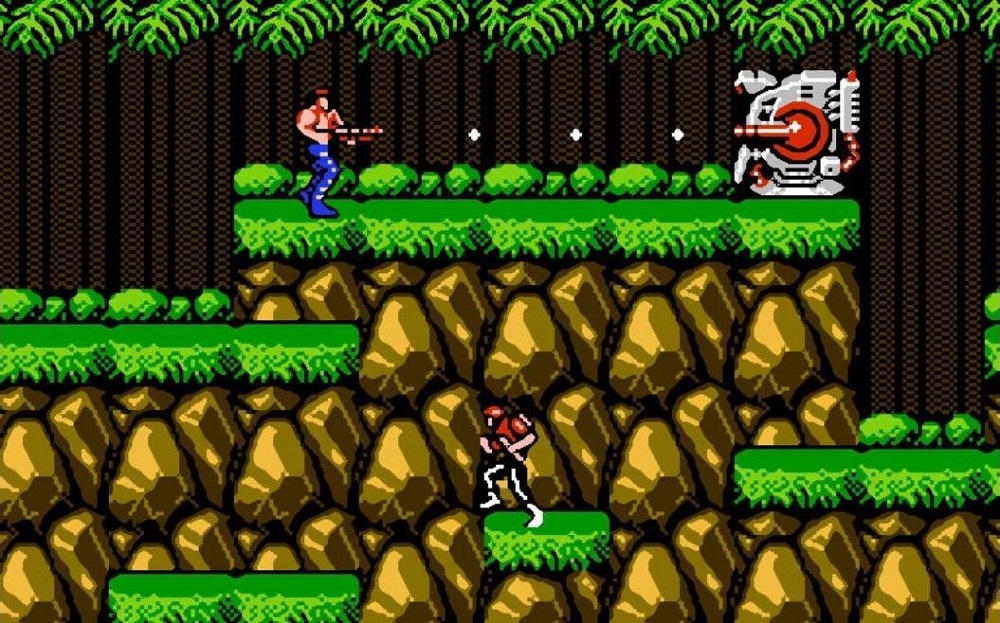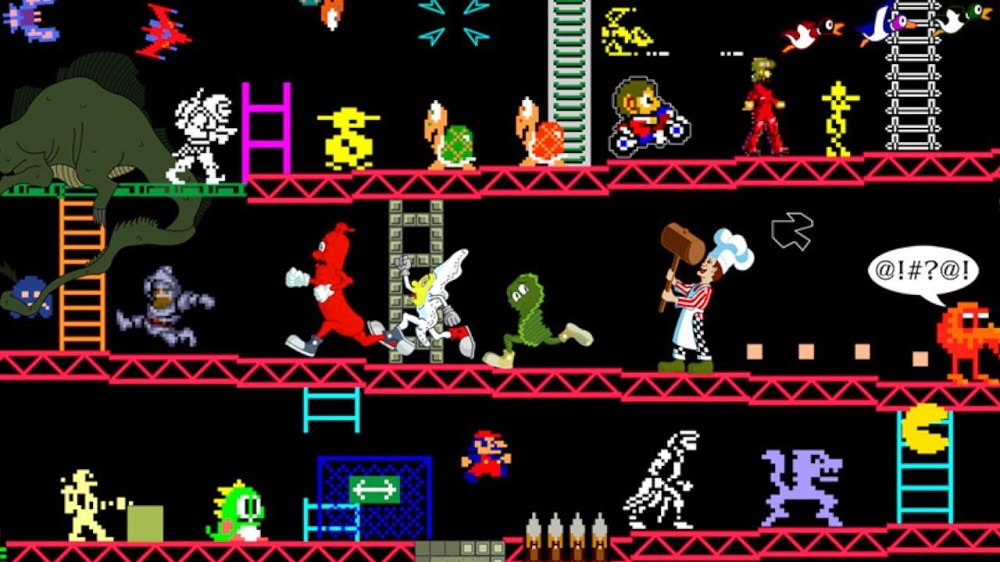The 90s were the golden age of fighting games. Arcades thrived with lines of players waiting to challenge the champion, and consoles became the place to practice combos and settle rivalries at home. Fighting games weren’t just about competition — they were about community, culture, and style.
At Oldies Nest, we’ve assembled a list of the top 10 retro fighting games you need to play — titles that defined the genre and still pack a punch today.
1. Street Fighter II (Arcade/SNES, 1991)
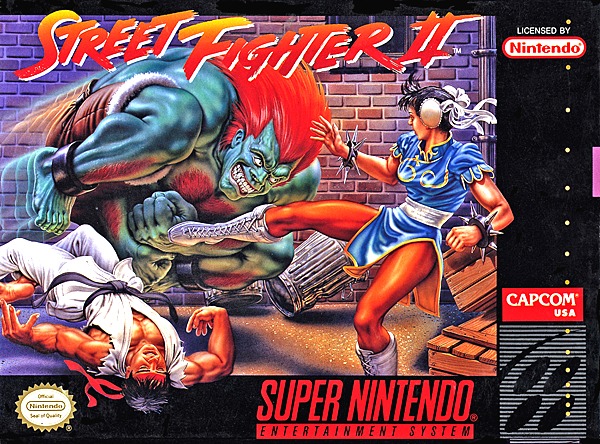
The undisputed king of fighting games.
- Why It Shined: Introduced combos, diverse characters, and balanced gameplay.
- Impact: Sparked a global fighting game boom.
- Legacy: Countless versions (Turbo, Champion Edition) and still a tournament staple.
The SNES port gave Nintendo a crucial edge in the 16-bit console war against Sega Genesis.
2. Mortal Kombat II (Arcade/Genesis/SNES, 1993)
Known for its gore and fatalities, Mortal Kombat II was more than shock value.
- Gameplay: Faster and deeper than the first game.
- Controversy: Helped establish the ESRB rating system.
- Legacy: Defined a franchise that continues today.
Its Genesis port, with uncensored violence, made Sega the “cooler” console in the 90s.
3. Tekken 3 (Arcade/PlayStation, 1997)
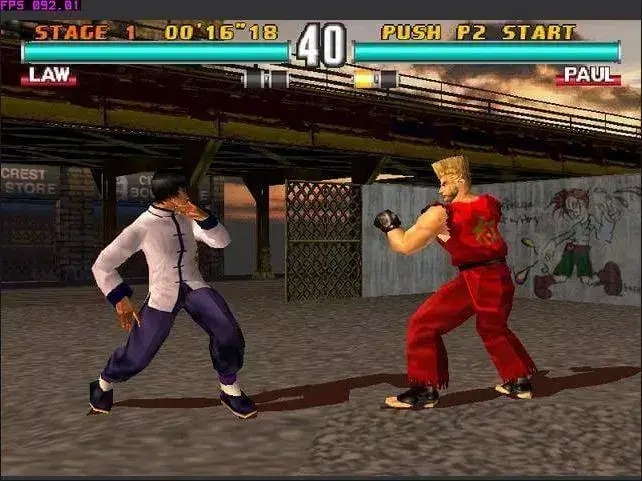
The PlayStation era’s definitive fighter.
- Graphics: Polished 3D models that aged surprisingly well.
- Roster: Introduced fan-favorites like Jin Kazama and Hwoarang.
- Gameplay: Deep combo system, yet accessible to newcomers.
A showcase of why the PlayStation changed gaming forever.
4. King of Fighters ’98 (Neo Geo, 1998)
SNK’s crown jewel for hardcore fans.
- Why It’s Iconic: Polished mechanics, huge roster, and “Dream Match” format.
- Community: Still beloved in arcades worldwide, especially in Latin America and Asia.
- Legacy: Considered one of the most balanced fighting games ever.
5. Soulcalibur (Arcade/Dreamcast, 1999)
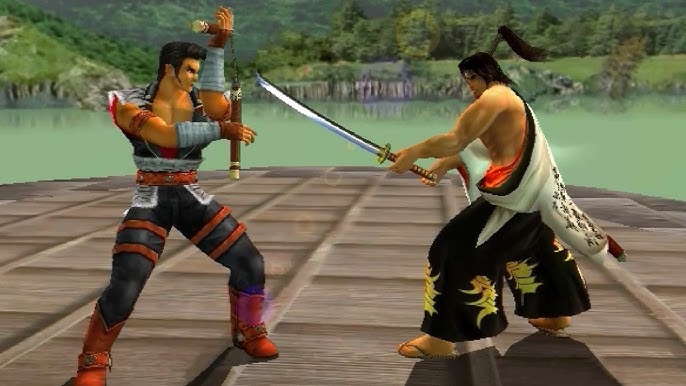
A revolutionary 3D weapon-based fighter.
- Visuals: Dreamcast version looked even better than arcades.
- Combat: Introduced 8-way run for fluid movement.
- Legacy: Set the standard for 3D fighters moving into the 2000s.
It remains a highlight of the Dreamcast’s bold but short-lived legacy.
6. Samurai Shodown II (Neo Geo, 1994)
SNK brought elegance and brutality with Samurai Shodown II.
- Gameplay: Weapon-based combat with a focus on timing and spacing.
- Atmosphere: Beautifully drawn sprites and Japanese cultural themes.
- Legacy: Influential in diversifying fighting game design.
7. Marvel vs. Capcom 2 (Arcade/Dreamcast, 2000)
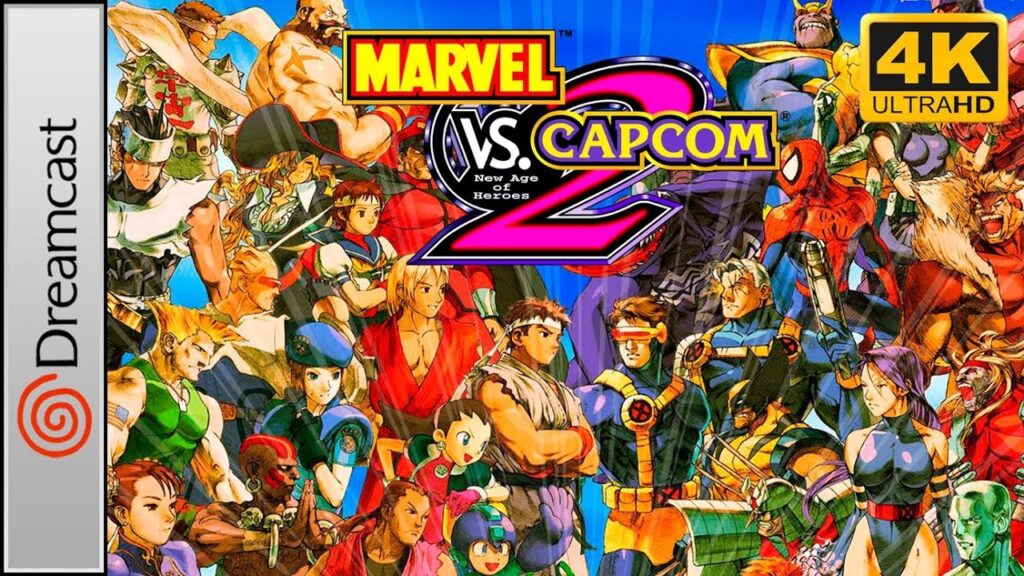
The ultimate crossover fighter.
- Roster: Over 50 characters from Marvel and Capcom universes.
- Gameplay: Fast, chaotic, and endlessly stylish.
- Legacy: Still revered in competitive circles for its depth and creativity.
8. Virtua Fighter 2 (Arcade/Saturn, 1994)
One of the first 3D fighters to balance realism and accessibility.
- Graphics: Jaw-dropping for the time, showcasing Sega’s Model 2 arcade board.
- Mechanics: Simplified inputs but deep mastery curve.
- Legacy: Cemented Sega as a pioneer in 3D fighting games.
9. Killer Instinct (Arcade/SNES, 1994)
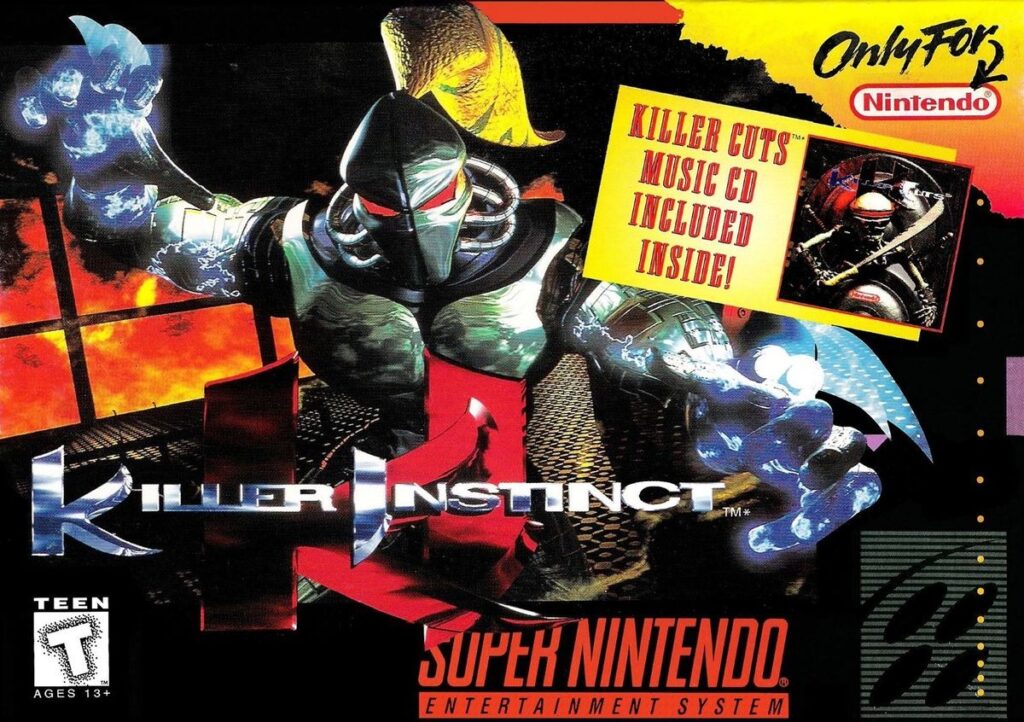
Rare’s flashy fighter combined the best of both worlds.
- Unique Features: Combo breakers, finishing moves, and digitized graphics.
- Style: Heavy metal soundtrack and edgy presentation.
- Legacy: Created hype for the Nintendo 64 launch.
10. Fatal Fury: Mark of the Wolves (Neo Geo, 1999)
SNK’s answer to Street Fighter III.
- Gameplay: Introduced the T.O.P. system for comeback mechanics.
- Polish: Gorgeous sprites and smooth animation.
- Legacy: A fitting finale to the Fatal Fury series.
Why Retro Fighting Games Still Matter
Retro fighting games endure because they:
- Defined competitive gaming and esports.
- Balanced simple mechanics with depth.
- Created communities that still thrive today.
Whether through tournaments or casual couch battles, these classics remain as fun in 2025 as they were in the arcades.
From the quarter-munching cabinets of Street Fighter II to the stylish chaos of Marvel vs. Capcom 2, retro fighting games defined an era of competition, style, and community.
Even as fighting games evolve, these classics continue to inspire developers and entertain fans. If you want to understand why fighting games matter, you need to play these ten masterpieces.
